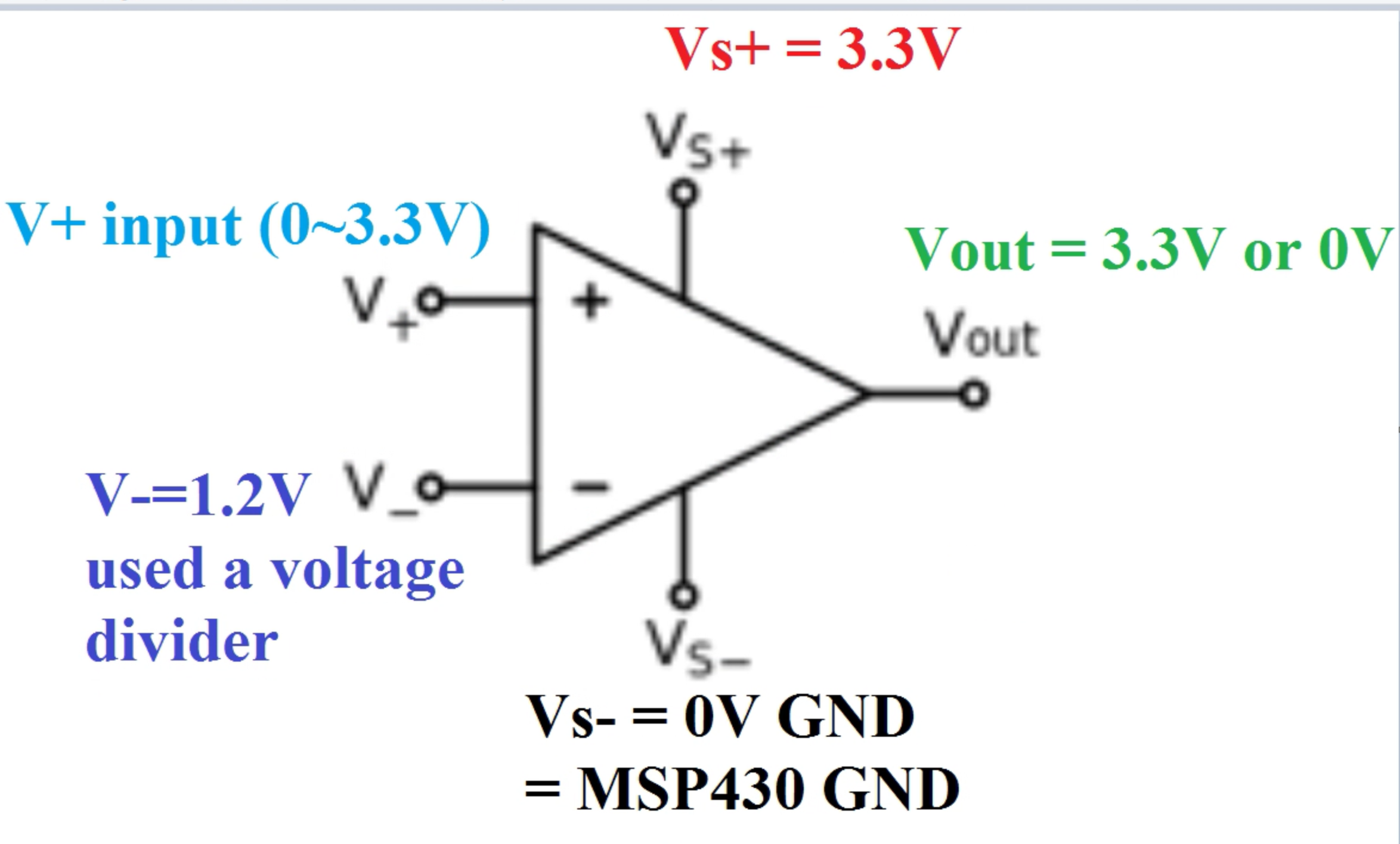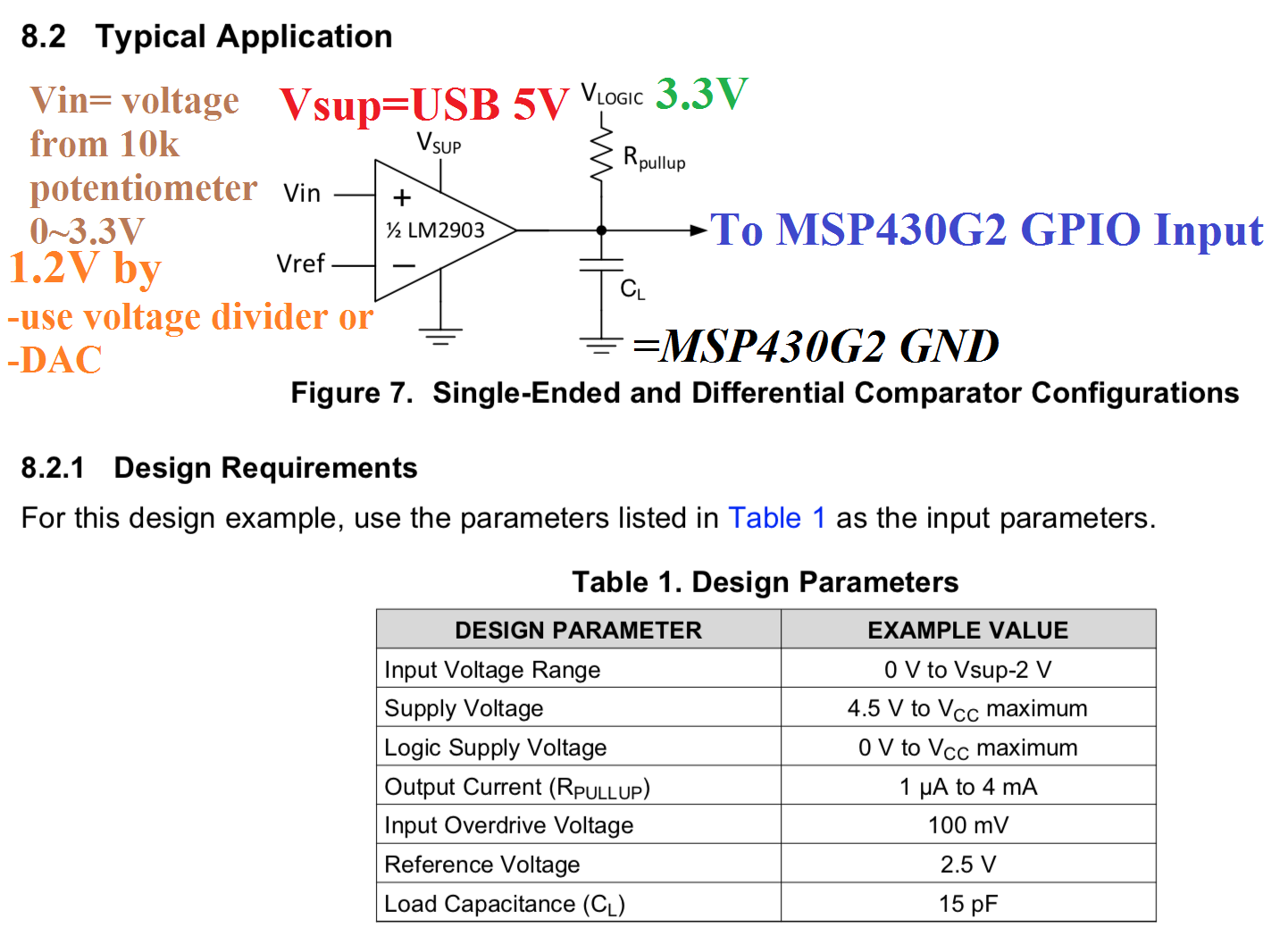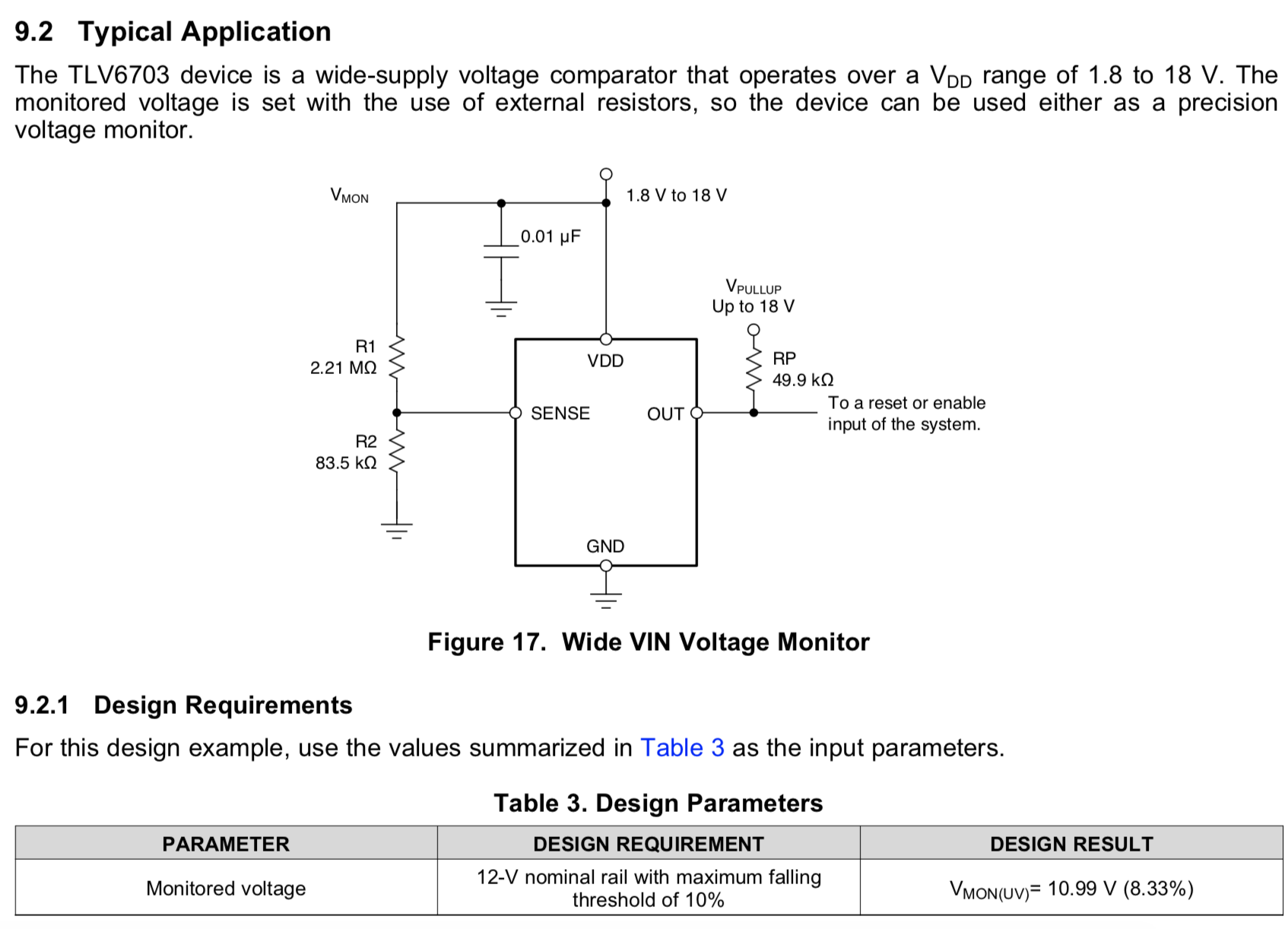Other Parts Discussed in Thread: LMC6772, TLV3702, TLV6703, MSP-EXP430FR2355, LM2903, TPS3700-Q1, TLV6700, TPS3700, TLV6710
Hi guys. I'm using the MSP-EXP430G2.
I'm looking for an Op Amp that can act as a switch for my MSP430. I have connected a potentiometer to V+. As you see this comparator circuit, I want to make Vout to 3.3V when I change V+.
Vout is connected to the MSP430 and I want to trigger an interrupt.
Most Op Amps from TI I found supported high voltage supplies. Are there recommendations for a low power Op Amp that can act as a comparator which can become a digital switch for my MSP430 launchpad? I prefer to use PDIP-8 packages so that I can plug them right away to the breadboard.





